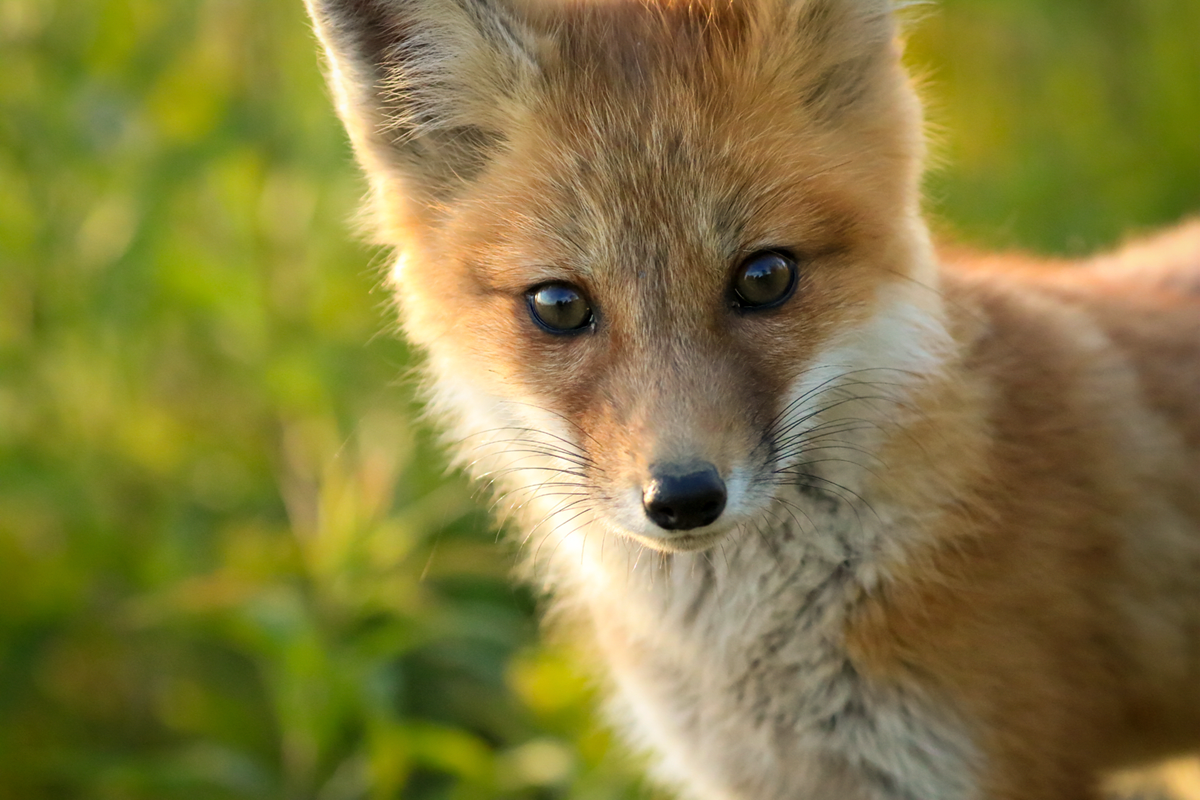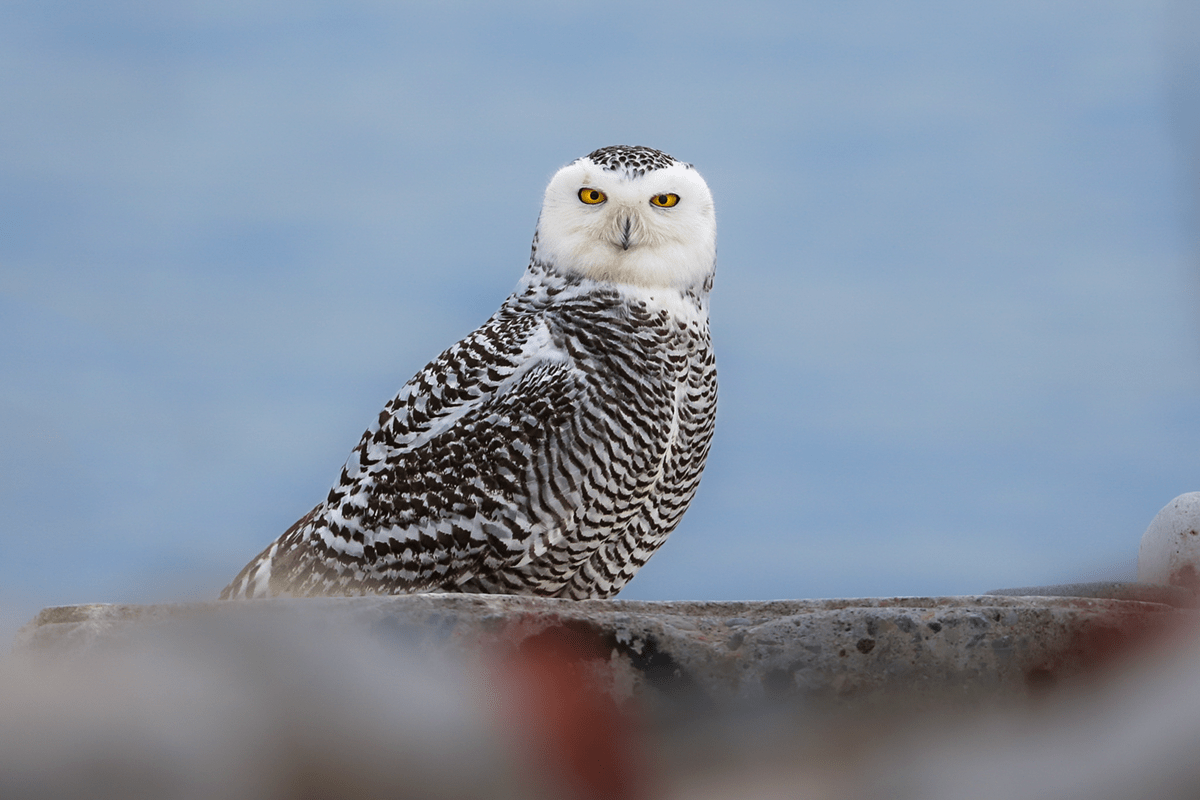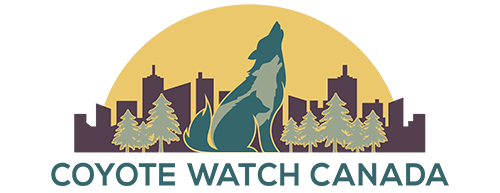
Nothing beats the excitement that comes with a magical wildlife encounter! Many of us rush to post our photos and videos on social media (especially in 2022!) to share the magic we just experienced with the world.
And - usually - there’s no shame in sharing. Social media is a powerful tool in wildlife conservation and advocacy. It helps us spread awareness, education, and opportunities to get involved. It gives us a platform to discuss important topics (like being mindful of our ecological footprint, or photographing wildlife ethically). It gives us a chance to share petitions, campaigns, and opportunities to volunteer or donate to causes doing the work on the ground. It gives us a space to inspire others to care about our natural world, and the wildlife in it.
But, like most things, it must be used responsibly. Thoughtfully. Otherwise, you might be causing unintentional harm to wildlife and wild places.
The golden rule as a social media savvy wildlife advocate? Geotag responsibly.
One of the most important lessons I learned when I began sharing wildlife photography on social media was the importance of geotagging responsibly.
What is a geotag? It’s the option to add a specific location on Instagram, Facebook or other platforms, detailing where your content was captured. Chances are, you’ve used a geotag before. Maybe it was the last time you tagged a photo in your hometown. Or at your favourite cafe. Or at your local park.
Normally, you probably wouldn’t think twice about the geotag. In fact, apps like Instagram might even suggest and auto-populate it for you. And while adding a geotag to your post may not seem like a big deal, it can have a significant impact when it comes to wildlife and protected ecosystems.
Sharing the location of rare, nesting, denning or at-risk species on social media can have negative, even harmful consequences.
When you add a specific geotag to these sightings, you can cause excess attention, stress, disturbance, or even harm to an animal or area. In highly populated neighbourhoods, it can cause a well-intentioned frenzy, as an onslaught of well-meaning individuals show up to see the vulnerable animal or protected place in droves. In extreme cases around the world, geotags have even been used by poachers to track down protected wildlife.
That’s why, increasingly, photographers, birders, wildlife advocates, and even some popular applications (like eBird), are taking measures to protect the exact location of certain vulnerable species.
Some sightings require us to be extra careful and considerate.
Keeping geotags vague is is especially important for:
- Endangered species, species that are rare to an area, or very popular species (e.g. owls, rare birds, baby animals)
- Nesting or denning animals who are in an area for a prolonged period of time & especially prone to stress while feeding or protecting young (e.g. fox or coyote dens, nesting birds)
- Wildlife in very high traffic, urban areas (where a rush of well-intentioned visitors could quickly and easily get out of hand)
- Delicate ecosystems (where trampling foot traffic could have disastrous consequences for resident wildlife

A few rules of thumb when posting on social
Next time you share a pic on Instagram, keep these rules in mind when it comes to adding a geotag:
1. Keep it vague: As a rule of thumb, keep geotags vague when using them, especially when it comes to vulnerable species. Instead of adding a high-traffic city park as your location, tag the city or region instead. For example: Instead of “High Park”, use “Toronto,” “Ontario,” or even “Canada”.
2. An opportunity to get creative: Some photographers are getting creative with their geotags. Some of my personal favourite vague, but eyecatching geotags include:
- Somewhere in the sky
- The great outdoors
- Our beautiful planet
- In a galaxy far, far away
- Tag responsibly (Yes! That’s an option, and part of an awesome campaign to spread awareness about keeping wild places wild!)
- Or, forget the geotag all together and just leave the location blank!
3. Avoid giving away exact locations in the caption or comments: Don’t disclose the exact location in the image caption, comments or hashtags, either. And avoid sharing the exact location with individuals you do not know, even privately through direct messages.
4. Consider holding onto that post a little longer: If the animal is in a location that’s extremely easy to recognize, or has a tell-tale landmark in the shot, consider holding off on posting altogether for a couple of weeks. For nesting or denning animals, it might be safer to hang onto that magnificent shot for a bit longer, and share it once young have been raised on the animal has moved on.
5. Share the importance of being mindful about geotags: Not everyone knows their geotag could have negative consequences. Now that you know more about geotagging responsibly, you can pay it forward! Kindly inform others (through a private message, or even in the comments) about why it’s important to remove the exact location of a fox den or barred owl from their post.
The next time you have a fantastic photo or video to share on your social, remember: our posts have power, and it’s our responsibility to protect sensitive areas & species. We can help keep our wildlife safe, and wild places wild, by geotagging responsibly.
About the author: Cari Siebrits is a wildlife enthusiast, writer and photographer living in Toronto. She’s passionate about conservation, ethical wildlife photography, hiking, and her rescue dog Lando. Find her on Instagram at: @csieb_captures. Above photos of fox and owl by Cari Siebrits.

